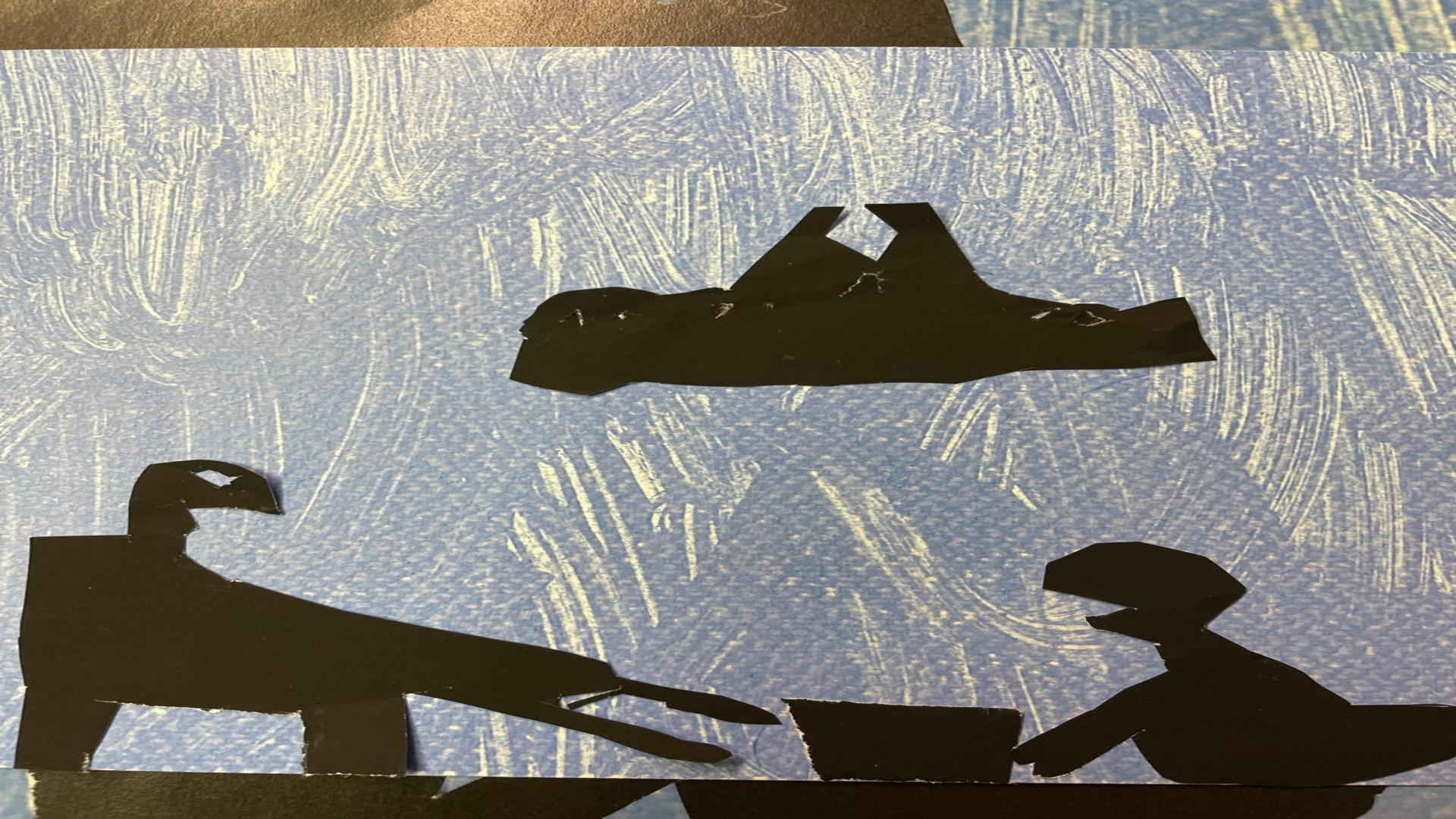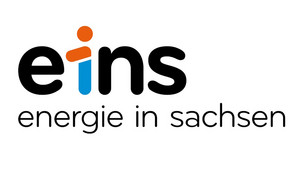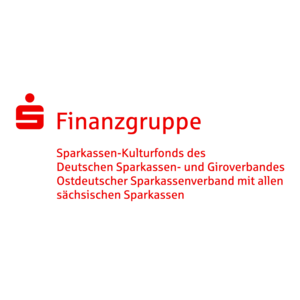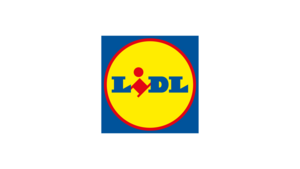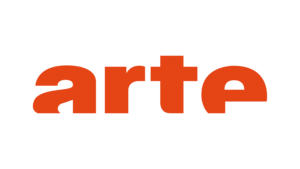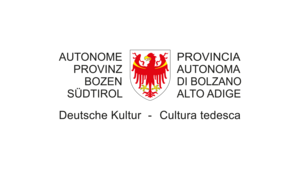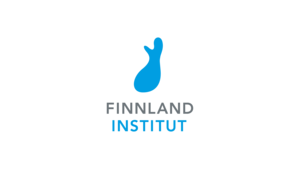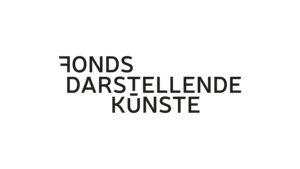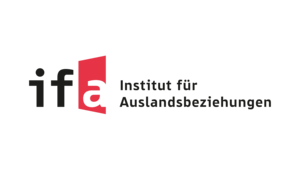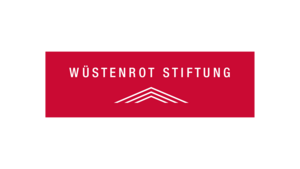05 March - 20 April 2025:
Sunday 14:00 to 16:00 and by appointment
and during church services (Sundays, 10:30)
The altar covering 'Waterfall' is the result of a project with students from the Evangelische Schulen in Schneeberg, under the supervision and curation of Prof. Gisela Polster from Schneeberg. The project was supported by the Applied Arts Schneeberg, Faculty of the West Saxon University of Zwickau, along with Elisabeth Anger (Evangelische Oberschule), Mandy Fischer, and Katja Sack (Evangelische Grundschule Schneeberg).
Regarding the collaborative work, Prof. Polster comments: Water is part of the language of faith because it is the foundation of our life. Mathea, from class 3, created the image of the waterfall. The students cut out images of the Stations of the Cross with scissors, shaping what they know – the children also experience loneliness, helplessness, low points, and fear. The children’s images tell the story of the path despite fear. Their cut-out crosses are stretched between heaven and earth. Stamped associations (Evangelische Oberschule) complement the Stations of the Cross. The Lenten cloth 'Waterfall' cascades from above to the altar and transforms into a white ribbon – flowing over the baptismal font.
Greeting: Holger Müller, Holger Müller, Deputy Mayor for Culture of the City of Mittweida
Artistic Introduction: Holger Bartsch, Pastor for Chemnitz European Capital of Culture 2025
